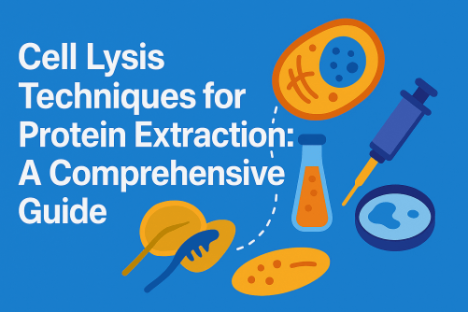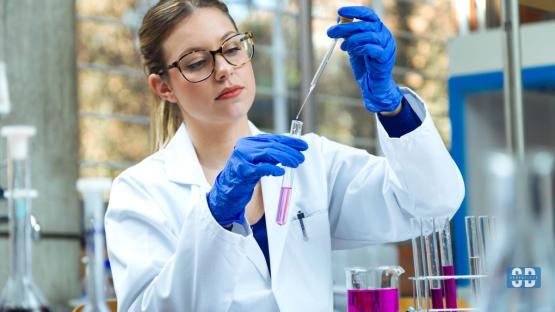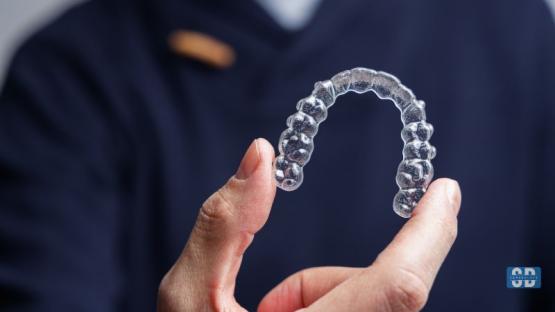Cell lysis is a critical initial step in protein extraction, providing access to intracellular proteins necessary for a wide array of scientific applications, including proteomics, structural biology, drug discovery, and diagnostic assay development. By disrupting the cell membrane and releasing the cellular contents, lysis enables researchers to isolate proteins of interest for characterization, quantification, and functional analysis.
The efficiency and precision of the lysis process directly influence protein yield, purity, and biological activity. As such, the selection of an appropriate lysis technique is pivotal to the success of any experimental workflow. Factors such as cell type (eg, bacterial, yeast, mammalian), protein localization (cytosolic, membrane-bound, nuclear), and the desired downstream applications must be carefully considered. In addition, practical concerns—including scalability, reproducibility, processing time, cost, and preservation of protein function—play a significant role in method optimization.
Lysis strategies are broadly categorized into mechanical, chemical, enzymatic, and physical methods, each with distinct mechanisms and ideal use cases. Often, a combination of techniques is employed to maximize efficiency while minimizing protein degradation or denaturation.
Mechanical disruption: High-force lysis methods
Ultrasonication: Laboratory-scale efficiency
Ultrasonication utilizes high-frequency sound waves to produce cavitation bubbles that collapse with intense force, generating localized pressures of up to 200 MPa. This mechanical disruption effectively breaks open cells, making it especially suitable for small-scale preparations. The method enables rapid processing—typically within minutes—and is particularly effective for the selective extraction of membrane-associated proteins. When optimized with pulse intervals, ultrasonication has been shown to yield higher enzyme recovery compared to traditional homogenization techniques. However, the heat generated during sonication poses a risk to thermosensitive proteins, necessitating the use of ice baths or cooling steps between cycles to preserve protein integrity.
High-pressure homogenization (HPH): Industrial-grade power
High-pressure homogenization involves forcing cell suspensions through narrow orifices under extreme pressure, generating intense shear forces and rapid decompression that effectively disrupt cellular structures. This method is widely employed in large-scale bioprocessing due to its scalability and consistency. ForE. coli, two passes at 10,000 psi typically achieve efficient cell disruption, while increasing the pressure can further reduce the number of required passes. One key limitation of HPH is the substantial heat generated during operation, necessitating integrated cooling systems to protect heat-sensitive biomolecules from denaturation.
Bead milling: Versatile mechanical grinding
Bead milling operates by agitating small beads to physically grind and break open cells, with the disruption intensity adjustable via parameters such as bead size, agitation speed, and milling time. This method offers versatility and is particularly effective for tough-to-lyse organisms, including microalgae and fungi. Optimization is essential and should be tailored to the specific cell type and target molecule. Bead milling is well-suited for high-throughput and industrial-scale applications, with systems capable of processing volumes up to 20 liters or more, making it a reliable choice for protein extraction in large-scale operations.
Chemical and enzymatic methods: Gentle alternatives
Detergent-based lysis: Simple and scalable
Surfactants like Triton X-100 and SDS solubilize membranes by integrating into lipid bilayers. Chemical methods, including detergents, are among the cheapest options concerning instrument cost. They are used in microscale protocols suitable for high-throughput applications, such as protocols for detergent-based reagent lysis and whole culture in-mediacell lysison multiwell plates with robotic liquid handling, but reagents may interfere with downstream assays. Sarkosyl is a detergent used for permeabilizing yeast for beta-galactosidase recovery.
Enzymatic digestion: Precision cell wall breakdown
Lysozyme and mutanolysin specifically degrade bacterial peptidoglycan with minimal protein damage.Though expensive, these enzymes preserve post-translational modifications critical for glycoprotein studies. Combining enzymatic lysis, such as lysozyme treatment, with other methods (including mechanical or chemical) is a strategy used and can improve yields for certain biomolecules.
Osmotic shock: Physics-driven disruption
Exposing cells to extreme hypotonic conditions causes explosive swelling and rupture. Osmotic lysis is listed as a method for releasing biomolecules from the yeast. A modified osmotic shock method has also been used for the periplasmic release of recombinant creatinase fromE. coli.
Cutting-edge microfluidic lysis technologies
Acoustic wave disruption in microchips
Surface acoustic wave (SAW) technology is an advanced acoustic microfluidic approach that utilizes traveling sound waves to achieve efficient cell lysis. These devices have demonstrated high lysis efficiencies, exceeding 99.8% for malaria-infected cells in blood and around 95% for red blood cells. SAW enables rapid, on-chip cell disruption with minimal reliance on complex buffers or handling steps, making it highly suitable for integration into compact and automated lab-on-a-chip systems.
Electroporation-based digital lysis
Electrical lysis uses electric fields to disrupt cells. This method is used in microfluidic devices. It is a fast lysis method, with on-chip times ranging from 50 milliseconds to 10 minutes. Electrical methods offer a reagent-less lysis procedure. This approach results in none/low protein denaturation and imposes very few restrictions on the buffer used, making it suitable for applications where native protein forms are desired.
Hybrid approaches: Maximizing yield and quality
Thermo-mechanical combination strategies
Freeze-thaw methods, which involve ice crystal formation, are commonly used in association or as a pretreatment with other procedures. Combining freeze-thaw with enzymatic lysis is considered an effective and gentle method for releasing labile proteins fromE. coli. This combined approach avoids the need for specialized equipment. While multiple freeze-thaw cycles are required, the pretreatment can potentially allow milder subsequent methods and contribute to high recovery efficiency.
Chemical-mechanical synergy
Pretreatment with chemical agents or detergents, such as ethylenediaminetetraacetic acid (EDTA) or Triton X-100, combined with high-pressure homogenization, has been shown to reduce the required pressure for protein recovery fromE. coli. Similarly, combining chemical methods with surfactants and ultrasonication has demonstrated increased yield for phycocyanin fromA. platensis.
Selecting the optimal lysis method
- Cell type:Gram-positive bacteria require harsher methods than Gram-negative bacteria.
- Protein localization:Periplasmic vs. cytoplasmic targets need different approaches.
- Scale: Large-scale processes where severe methods like high-pressure homogenization and bead milling are favored due to their effectiveness, lower cost, and ability to handle various volumes.
For microscale and high-throughput applications, methods like chemical lysis are used more frequently.
Optimal implementation strategies
Temperature control protocols
Temperature control is vital during cell lysis, particularly for mechanical methods that generate heat, to prevent the degradation ofthermolabile biomolecules. Cooling systems are therefore essential for methods like high-pressure homogenization and ultrasonication to maintain product stability.
Protease inhibition strategies
Protease inhibitor addition prevents degradation by released proteases. Selection considers downstream requirements. Downstream purification and analysis requirements must be considered when selecting these additives.







